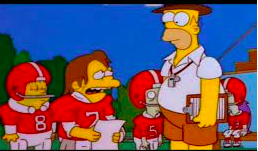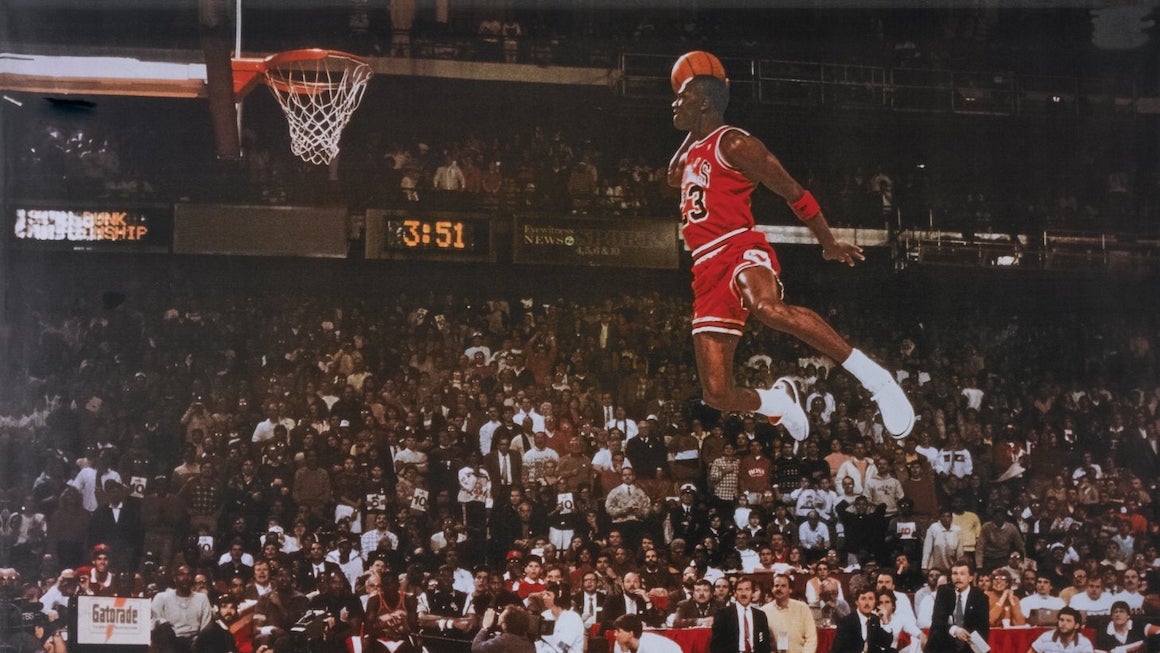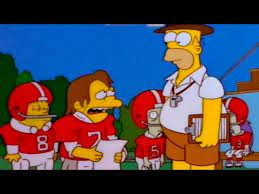Technique Vs. Mechanics: Integrating S&C And Skill Work

If you are a sport skills coach, a strength & conditioning coach, rehab practitioner, or any combination of the aforementioned, you are a movement coach.
I want you to think of the best athletes regardless of their sport.

They’re elite movers. They’re powerful; efficient; explosive. Often times their movements look effortless; fluid; beautiful. Even ‘unorthodox’ movers that excel (in comparison to the more generic movers) provide a beautiful quality about how they move.

As a coach, you are in the business of helping your athletes move better. Consequently, it is paramount you are able to diagnose the problem()s an athlete in front of you poses correctly.
It’s true the diagnosis is only the first step, but if you fail to correctly identify the problem at hand, you’re going to be working really hard but in the wrong direction.
Unfortunately it’s not like math class where if you make an error early on in a problem you can still get part marks…
I digress. In this post I want to talk about an important distinction that you need to make when evaluating an aberration or a flaw in an athlete’s movement.
Is it a technique issue? Or is it a mechanical issue?
When you think of the word ‘mechanics’ as it pertains to an athletic movement, you probably think of how the movement is performed. Pitchers work on their ‘mechanics’. When they say this, they mean they’re working on how they move to deliver the baseball.
However, for the purpose of this blog post (and hopefully after this if the information I’m writing is worth anything), I want to re-define the word mechanics to provide an extremely important framework for helping athletes achieve optimal performance.
In this context, I am defining mechanics as a derivative of an auto-mechanic. What’s going on under the hood of the athlete’s body?
So, let’s define two categories of movement errors:
Mechanical Error: The athlete’s body is not able to move in the way that you are asking them to (or they are trying to).
Technical Error: The athlete has the capability and capacity to move a certain way, but they’re not.
This is where sport coaches can benefit from having foundational knowledge in movement screens so as to differentiate between the two. Perhaps the golfer they’re working with has a poor lead leg block, but it turns out they lack hip internal rotation. No amount of cueing is going to work. This is an ‘under the hood’ problem.
Or what if a hitter has a tough time sucking their hands in. Perhaps their bottom hand arm lacks glenohumeral external rotation and therefore they literally don’t have the capacity to get into that position.
On the flip side, if you know the athlete possesses the movement capability based on their screen, then you know it’s up to you to help them with their technique!
Obviously, it’s best to have specialists on either side of the coin, but it’s important that each department has knowledge of the other domain in order to communicate effectively and integrate optimally.